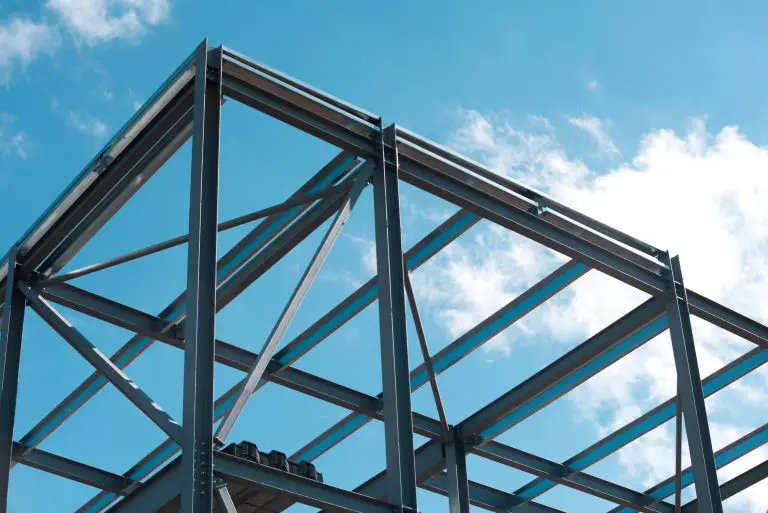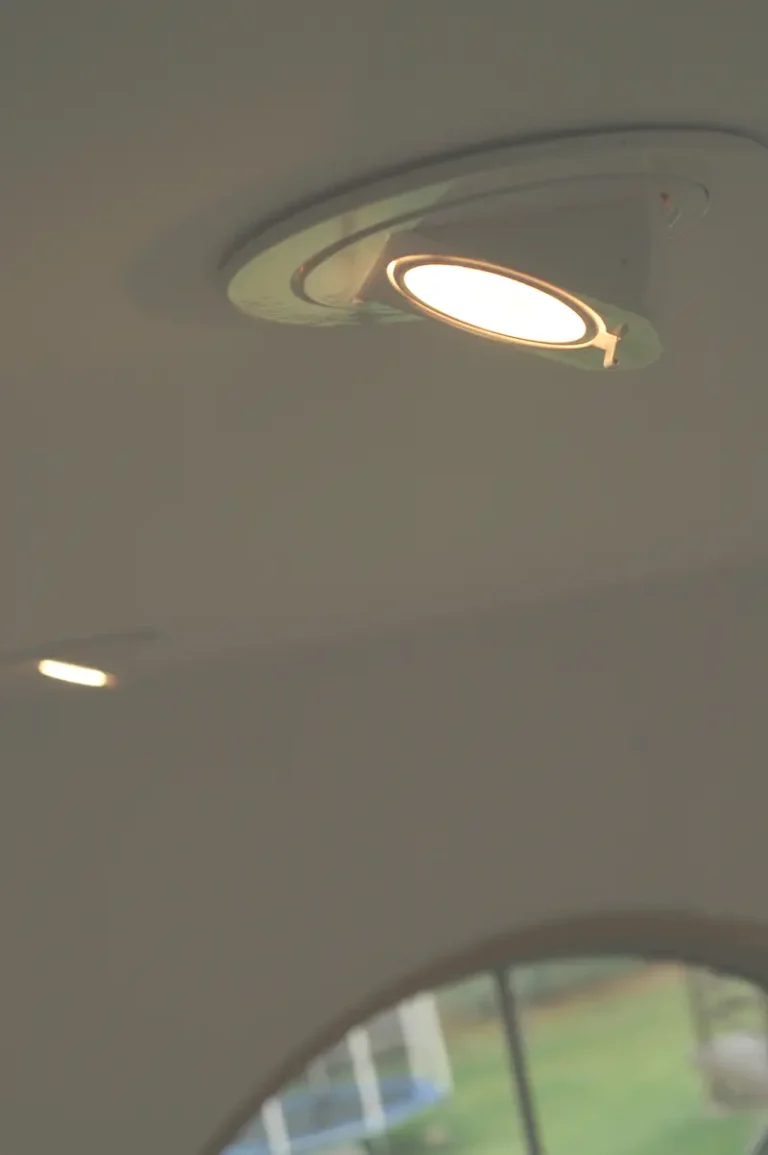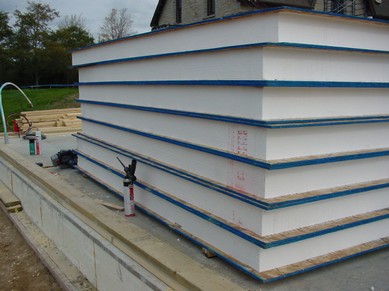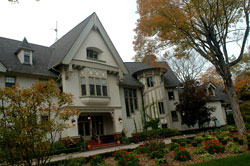
I think I may have discovered the most durable and pleasant to use exterior paint in the world, but I won’t know for sure until June 2058. The stuff I’m talking about is a traditional linseed oil paint and I’ve applied it to various window frames and exterior wood beginning back in June 2008. So far the results have been great, though you need to understand a few things.
There are only three ingredients in this paint:
- organic, cold-pressed boiled linseed oil
- a simple drier compound
- natural pigments
. . . and this has got to make you wonder.
If all it takes to produce great paint is these three items, why is almost every other paint company on the planet formulating and reformulating complicated, secret recipes while scrambling to meet ever tightening restrictions on solvent use?
My decision to use this paint did not come easily. When I began tooling up for a window painting job in late 2007, I contacted technical people I know at various paint companies, asking them to recommend their very best products. Several days after buying a pail of custom mixed, nonreturnable, not-very-cheap paint that I thought would do a great job, I received my issue of Consumer Reports magazine. That’s when I discovered that my chosen product did not stack up well against other options tested. Not well at all.
All this led me to more research, ultimately ending in my linseed paint gamble. And the one factor that finally led to my choice was a claim that I’ve never seen made about any other paint before.
Exterior Paint That Never Peels
The linseed oil people state that their paint never peels, and this was the clincher for me. It will oxidize over the years, and it’ll eventually wear thin and require re-coating, but it’s never expected to peel. If you’ve ever faced the job of refinishing an old, peeling, exterior wooden surface, you’ll immediately recognize how attractive no-peel performance is.
Without the need to scrape off flakes of old paint, the job of repainting becomes much, much easier. And while I don’t yet know for sure if this stuff really will live up to my expectations, what I noticed during application gives me hope.
I began work by sanding my old window frames back to bare wood, and this revealed just how dry and thirsty the wood was. The linseed process begins not with paint, but with a coat of protein-free boiled linseed oil to slake the thirst of older wood such as this. It bubbled, fizzed and soaked right in as I brushed it on, supporting the main claim for traditional linseed paints. Since it penetrates deeply into the wood, it gains a very solid foothold below the surface. This is why it’s never supposed to peel. By contrast, every example of peeling paint that I’ve seen reminds me more of tape applied to the surface rather than a liquid that sinks its teeth into wood fibers.
As you’d expect, the linseed oil paint proved very pleasant to use on one level. There’s no solvents and this stuff doesn’t even make your hands sticky. This said, nothing is perfect in the flawed world we live in, and I wouldn’t want you going away with unrealistic expectations.
First of all, the product is expensive. One quart can costs about $50 when I bought it, making it practical only for small, fiddly jobs rather than big expansive ones. Another issue is availability. You won’t find linseed oil paint in any home improvement stores. I went with the Canadian branch of Solvent Free Paint (866.516.7787). This website is the one to check out for technical details.
Another thing is how long linseed paint takes to dry, and how finicky it is about applying anything more than the thinnest coats. Although this paint becomes dry to the touch after one day, it takes about a month before all residual tackiness disappears. And although the first coat can be applied with moderate generosity, be absolutely sure to brush out the second coat very thin. If not, the surface develops a crinkly appearance wherever thick areas of oil pool and harden. Check out my video to see proper application in action.
Although Allback paint doesn’t peel, it does deteriorate slowly, letting powdered pigment wash down with rainfall. This isn’t a big deal, but dark paint on a window could lead to staining of light coloured walls below. This can be washed off, but it is a little drawback you should be aware of.
Was my gamble worth it? Yes, after 16 years of exposure, the surfaces I painted in 2008 still look good. Check back with me again in 34 years. In the mean time, does anyone want to buy an unopened gallon of brown, exterior conventional paint that probably won’t work as well as the label says it will?












